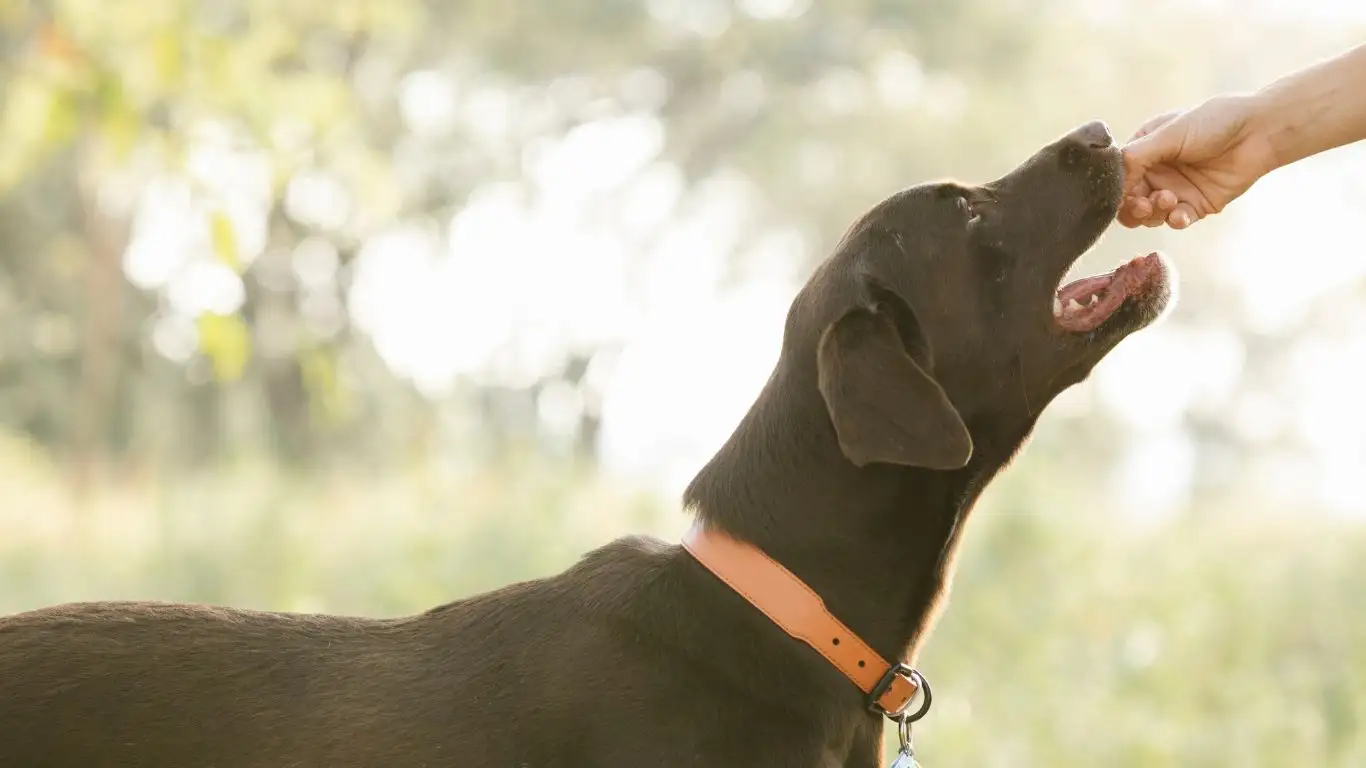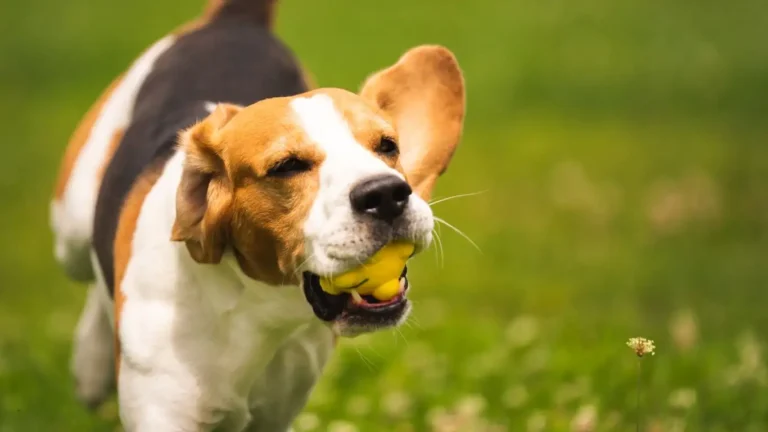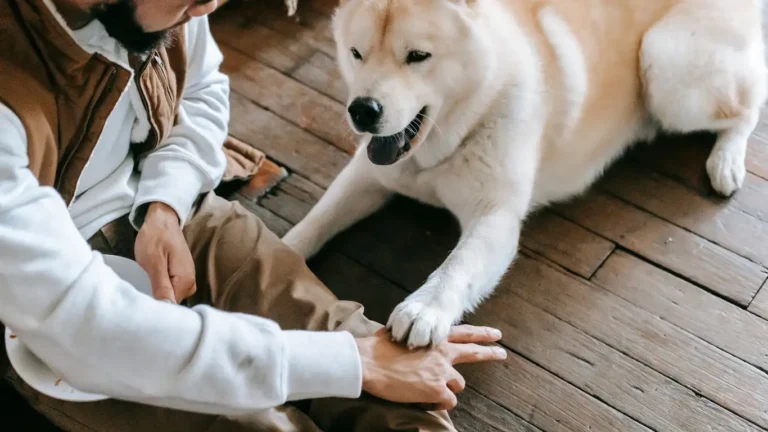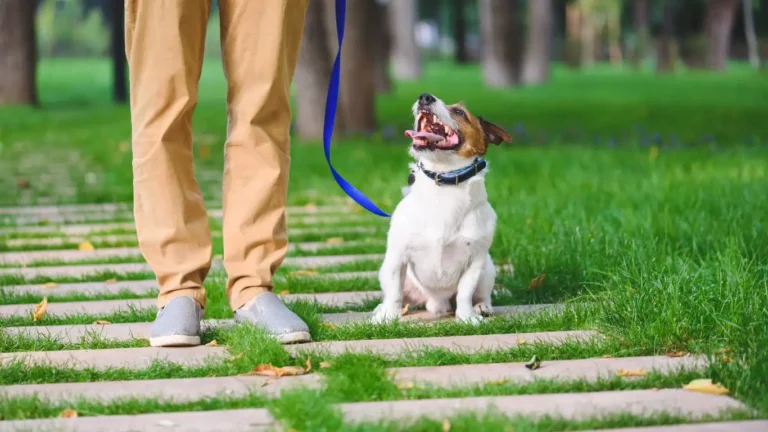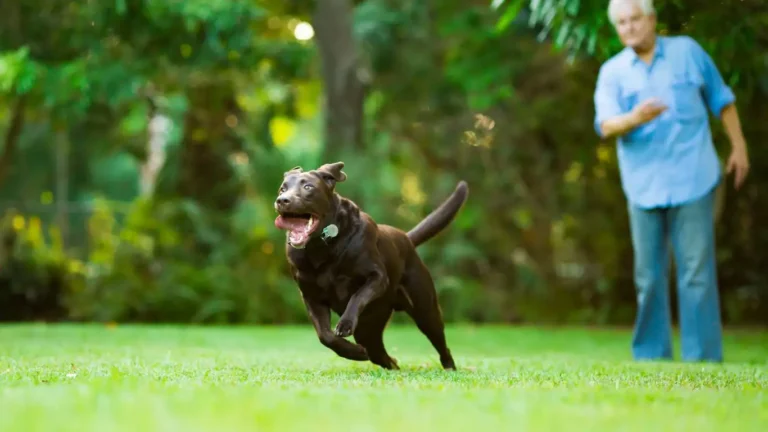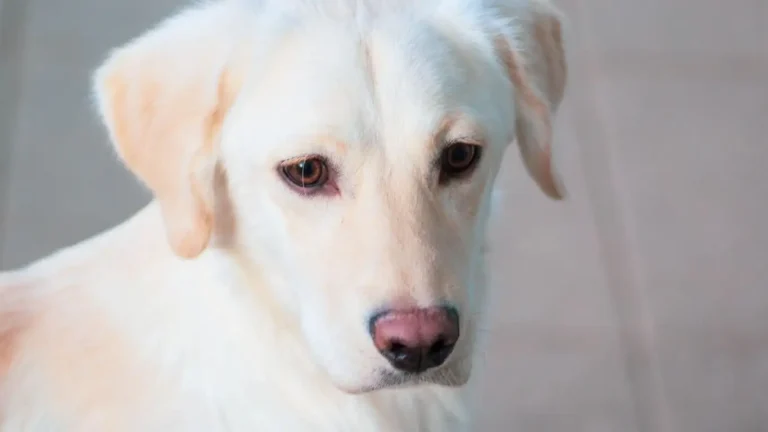Stop Dogs from Knocking Over Kids: Proven Training That Works Fast
If you’ve ever watched your energetic dog barrel across the living room straight into your toddler like a furry bowling ball, you’re definitely not alone. As a Canine-Assisted Therapy Trainer, I’ve seen this more times than I can count. That’s why learning how to train a dog to avoid knocking over small children is one of the most important things you can do as a dog parent—especially if your household includes little humans still mastering the art of staying upright.
Why Do Dogs Knock Kids Over in the First Place?
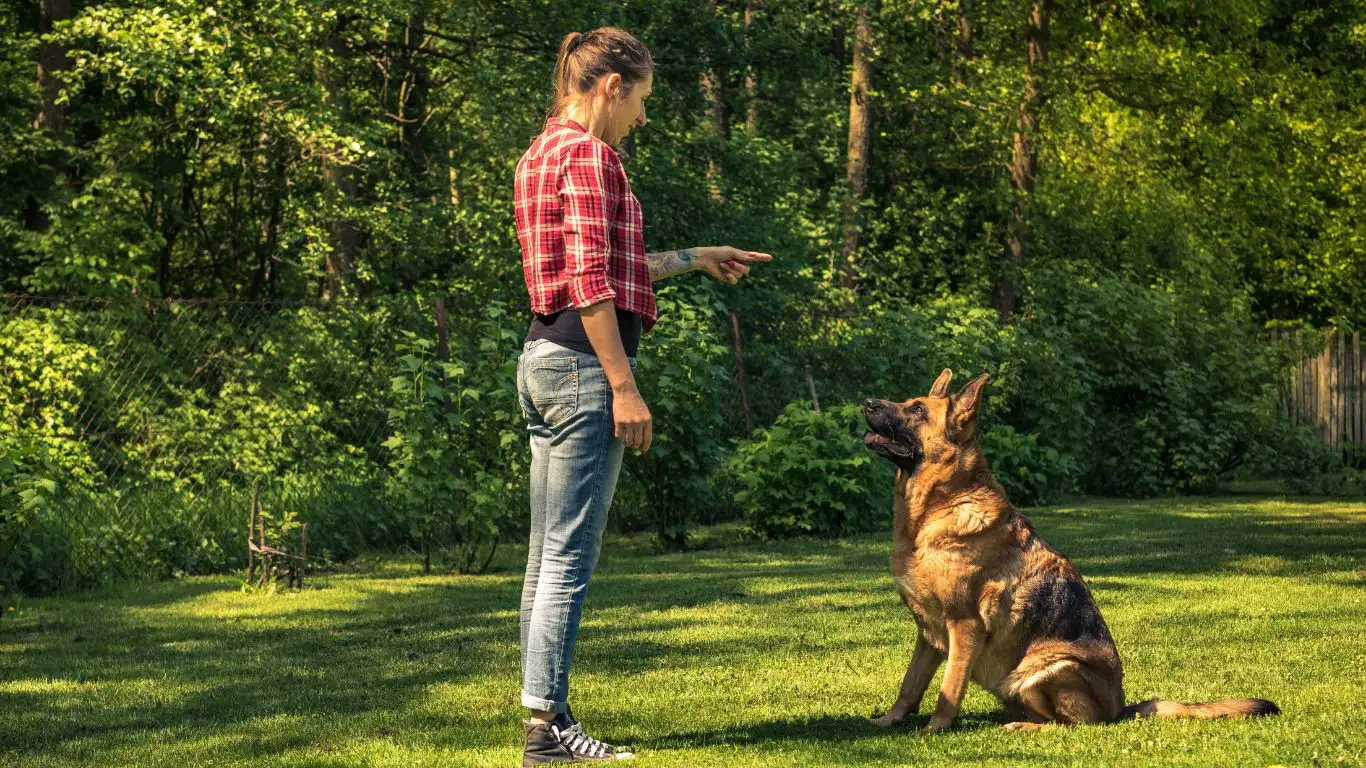
Let’s be real—dogs aren’t doing it to be mean. Most of the time, they’re just excited, over-stimulated, or haven’t yet figured out the difference between a toddler and a tree stump. Puppies especially haven’t mastered spatial awareness yet, and even adult dogs can get caught up in the moment. In therapy training, we emphasize calm behavior around vulnerable individuals, and yes, that includes tiny humans who wobble when they walk.
Big Energy, Small Kids
Your dog’s size and temperament play a big role here. High-energy breeds like Labs, Boxers, and German Shepherds may not even realize their own strength. Combine that with a toddler trying to find their balance, and you’ve got a recipe for accidental chaos. That’s where structured training and consistency come in.
Start With Respect for Boundaries
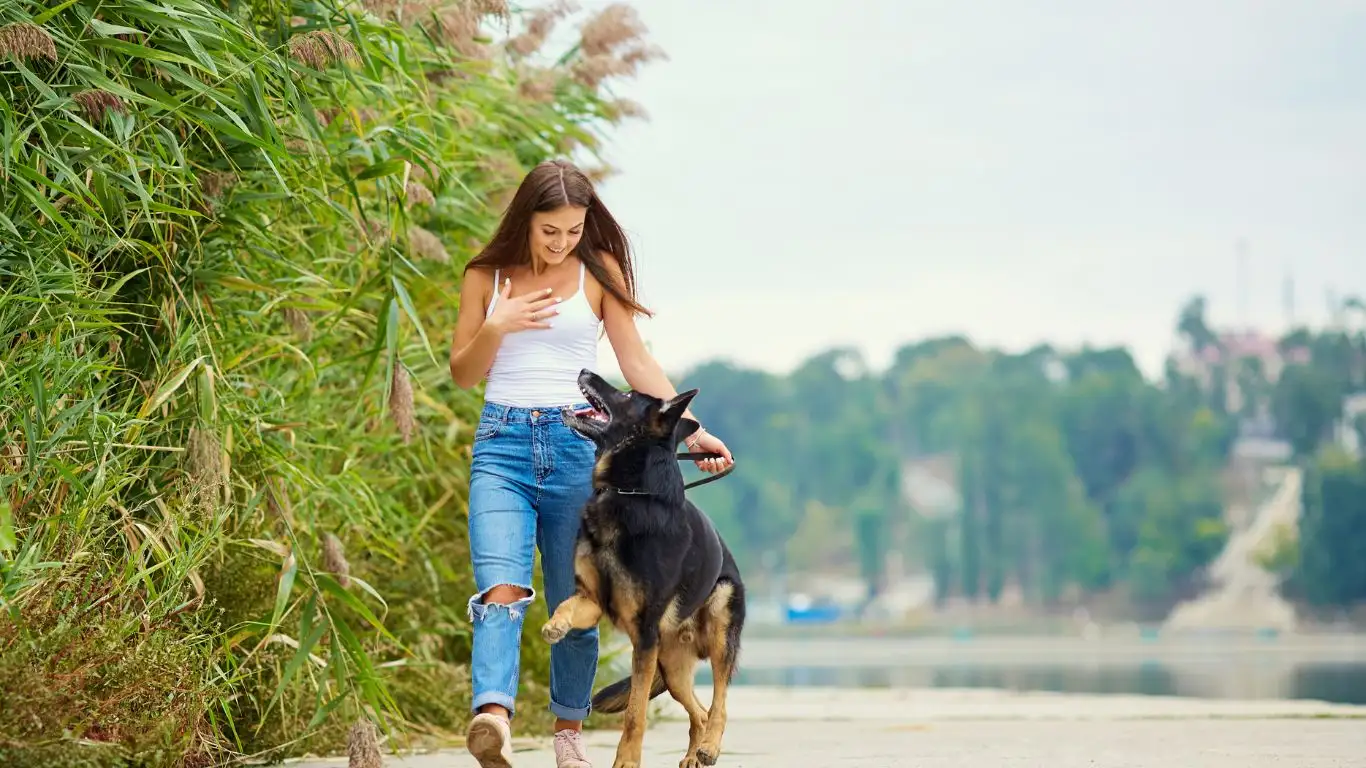
One thing I always say to new dog parents is this: *Your dog needs to learn that kids are not playmates, they’re off-limits zones.* It might sound strict, but it’s essential for both safety and peace of mind.
Teach ‘Gentle’ and ‘Leave It’
These are magic words in the dog training world. Teaching your dog to respond to “Gentle” when interacting with a child can literally prevent falls. I use positive reinforcement—treats, praise, and pets—for every successful calm interaction. The “Leave it” command is equally useful when your pup is tempted to jump, lick, or nudge a little one.
Introduce Kids as Pack Members
Dogs respond well to hierarchy. In therapy training, we teach that children should be introduced as respected members of the pack. I often guide parents through supervised exercises where the child feeds the dog (with adult help, of course) to create a calm, respectful bond.
- Have the child gently toss a treat while you hold the dog on a short leash.
- Reward the dog for sitting and waiting calmly.
- Gradually decrease the distance over several sessions.
It’s incredible how quickly dogs catch on. They begin to associate kids with calm energy and patience instead of rough-and-tumble play.
Movement Desensitization Techniques
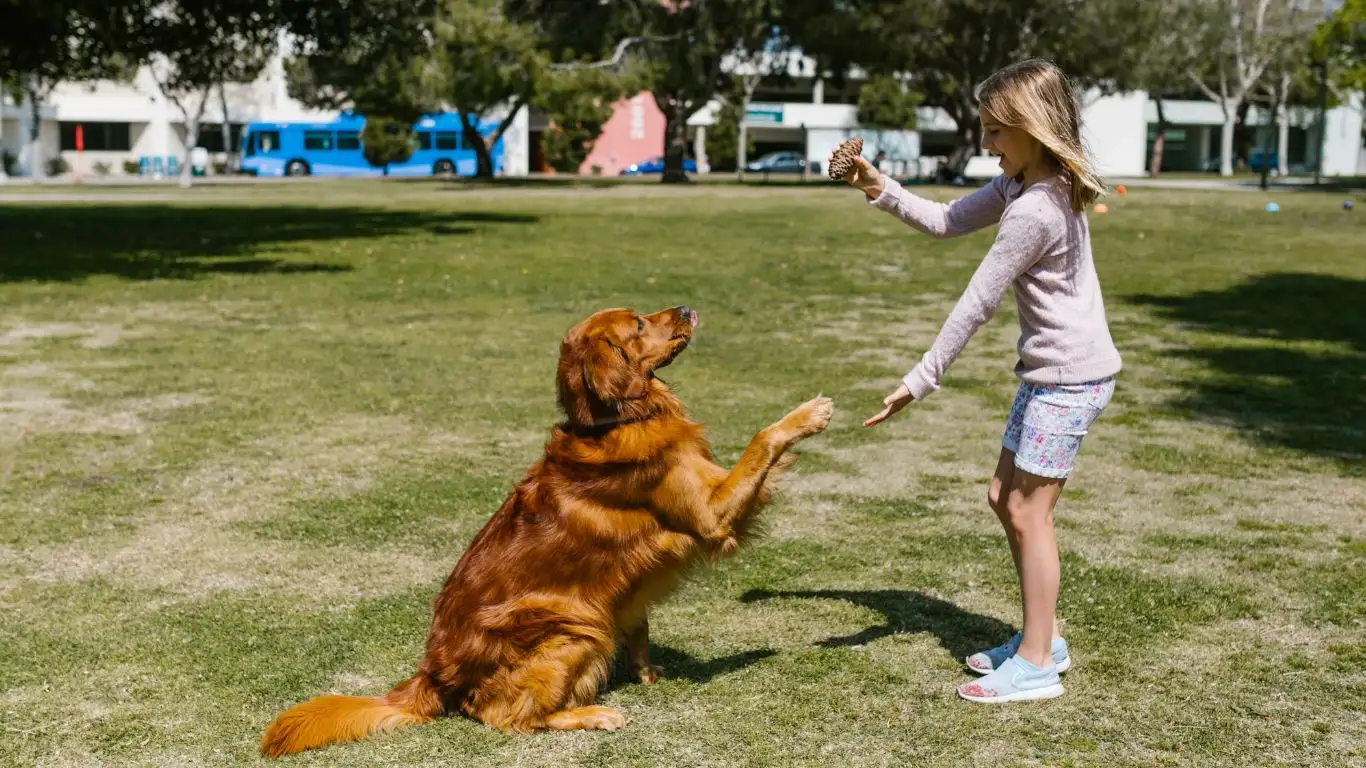
One of the biggest challenges is teaching dogs not to react instinctively to fast or sudden movements. Little kids are basically unpredictable wind-up toys. They zig, they zag, and they fall. Training your dog to remain steady despite that is doable—with some time and patience.
Practice With Controlled Movement
Here’s what I recommend and often do in therapy prep training:
- Start with someone mimicking toddler-like movement—shuffling, dropping toys, sudden turns—while the dog is on-leash.
- Reward your dog for calm behavior. No lunging, barking, or chasing allowed.
- Gradually decrease the leash length and increase movement speed to simulate real scenarios.
This technique, often called *desensitization*, works wonders. I’ve trained many dogs to lie calmly while toddlers zip around on scooters—something I never would’ve believed possible in my early training days!
Set Up Physical and Visual Cues
Dogs love cues. You can use visual boundaries to reinforce respectful behavior. For example, create a designated “kid zone” with play mats or baby gates. Your dog learns that they’re not to enter unless invited. Likewise, place dog beds in calmer zones and teach your pup that those are their chill-out spots when things get too energetic.
Use Commands Like ‘Place’ and ‘Wait’
When a child enters the room, cue your dog with “Place,” directing them to a comfy bed or mat. Follow up with “Wait” until you give the okay. Eventually, they’ll do this automatically, especially if the treat jar’s nearby.
In my own home, I’ve used this with countless foster dogs before placing them with families who have small children. It builds calm habits and gives your dog a “job” to do, which keeps them focused and relaxed.
Consistency Is Everything—Seriously
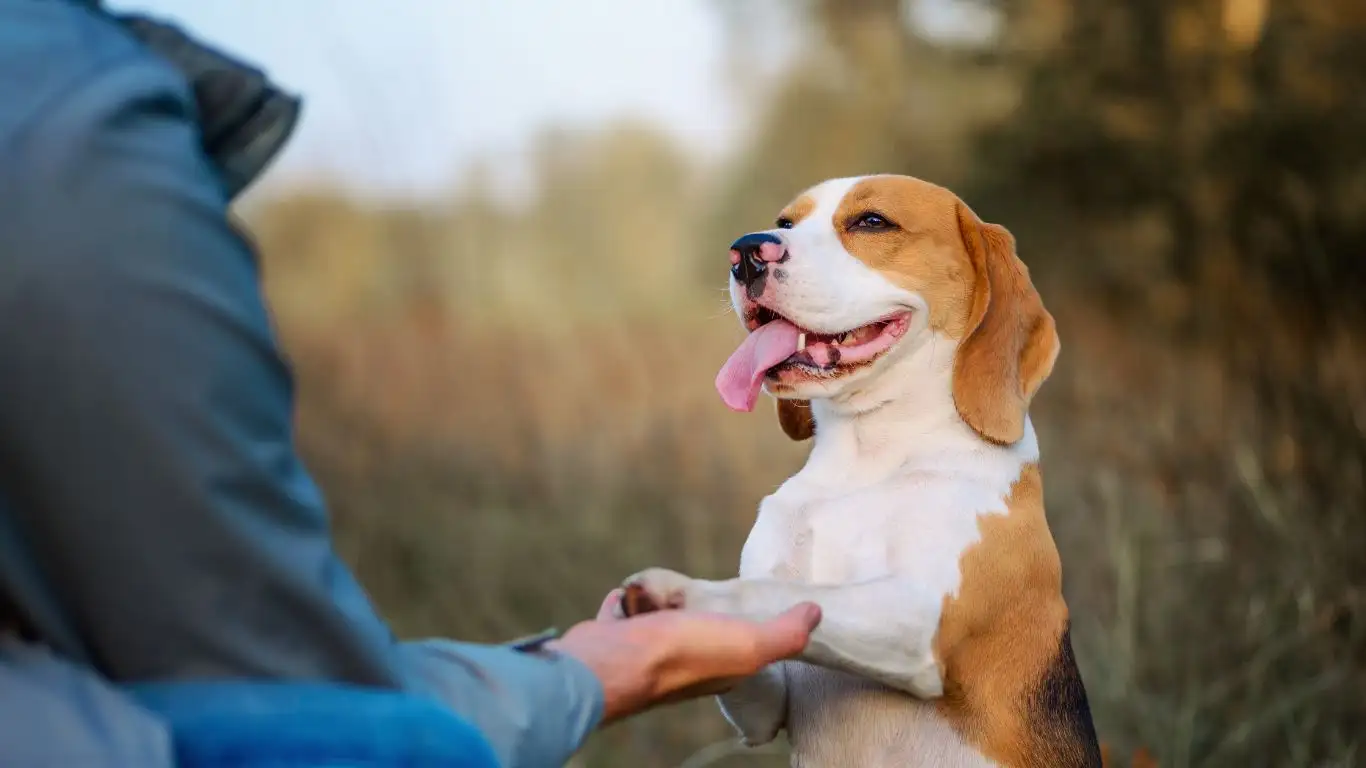
I can’t stress this enough: Consistency is what turns good training into second nature. One of the biggest mistakes I see (and trust me, I’ve made it myself in the early days) is when people train their dog to behave around kids—but only sometimes. Dogs thrive on routine. If you allow rough play with older kids or adults, but scold them for doing the same thing with toddlers, they’re going to be confused. To them, it’s all one game unless you consistently set the boundary.
Everyone in the House Needs to Be on Board
When I work with families, I make sure that every adult and even the older kids understand and reinforce the same rules. A dog won’t learn boundaries if Dad’s letting them jump up during playtime but Mom’s trying to teach calm behavior. It sends mixed signals, and dogs don’t do well with mixed messages.
- Create a shared list of cues and commands—stick it on the fridge if you have to!
- Have consistent rules for play, feeding, and affection.
- Reward calm behavior every single time, even if it’s just with a “Good dog” or a gentle pet.
Reinforce Calm Energy Around Kids
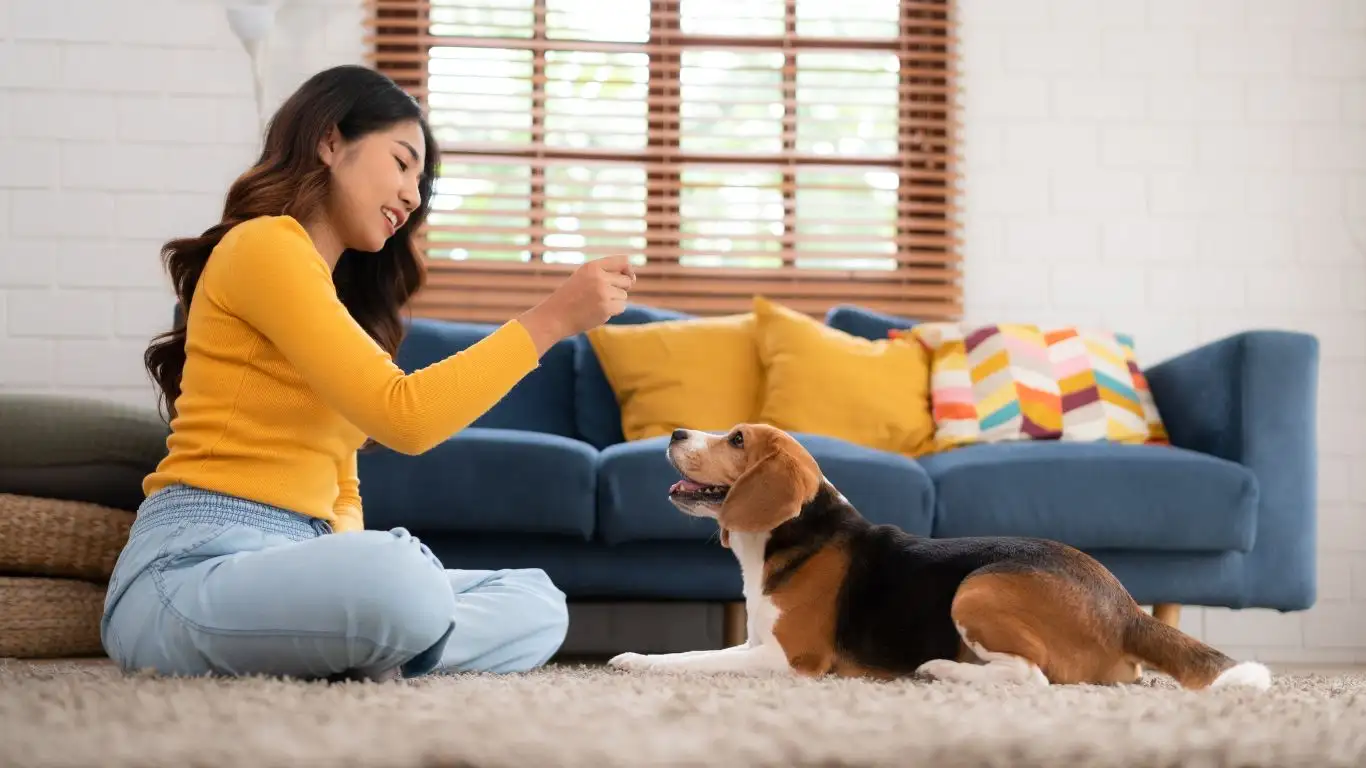
When I’m preparing therapy dogs for environments with children—like schools or pediatric centers—the biggest skill we work on is remaining chill in high-energy settings. You want your dog to almost enter “zen mode” when a child is around. That doesn’t happen overnight, but with some steady repetition, you’ll see results.
Recognize Triggers and Redirect Early
If your dog gets hyped by squealing or fast movement (and many do), your job is to catch it before it escalates. The moment you notice alert ears, a stiff tail, or forward body posture—redirect. Ask for a sit. Cue “Place.” Toss a treat away from the action if you need to. The earlier you intervene, the more effective it is.
I’ve had clients use a little jingle bell or calming chime to signal their dog to break focus and look at them. It’s a neat trick, especially when toddlers are running around like caffeine-fueled gremlins.
Reinforce Quiet Moments
Too often, we only notice dogs when they misbehave. But reinforcing quiet, still, appropriate behavior is one of the most powerful things you can do. I keep a jar of treats nearby when toddlers visit the house. If my dog’s chilling nearby, relaxed and doing nothing—boom, reward. We want to teach them that calmness earns more than chaos.
Supervised Time and Safe Spaces
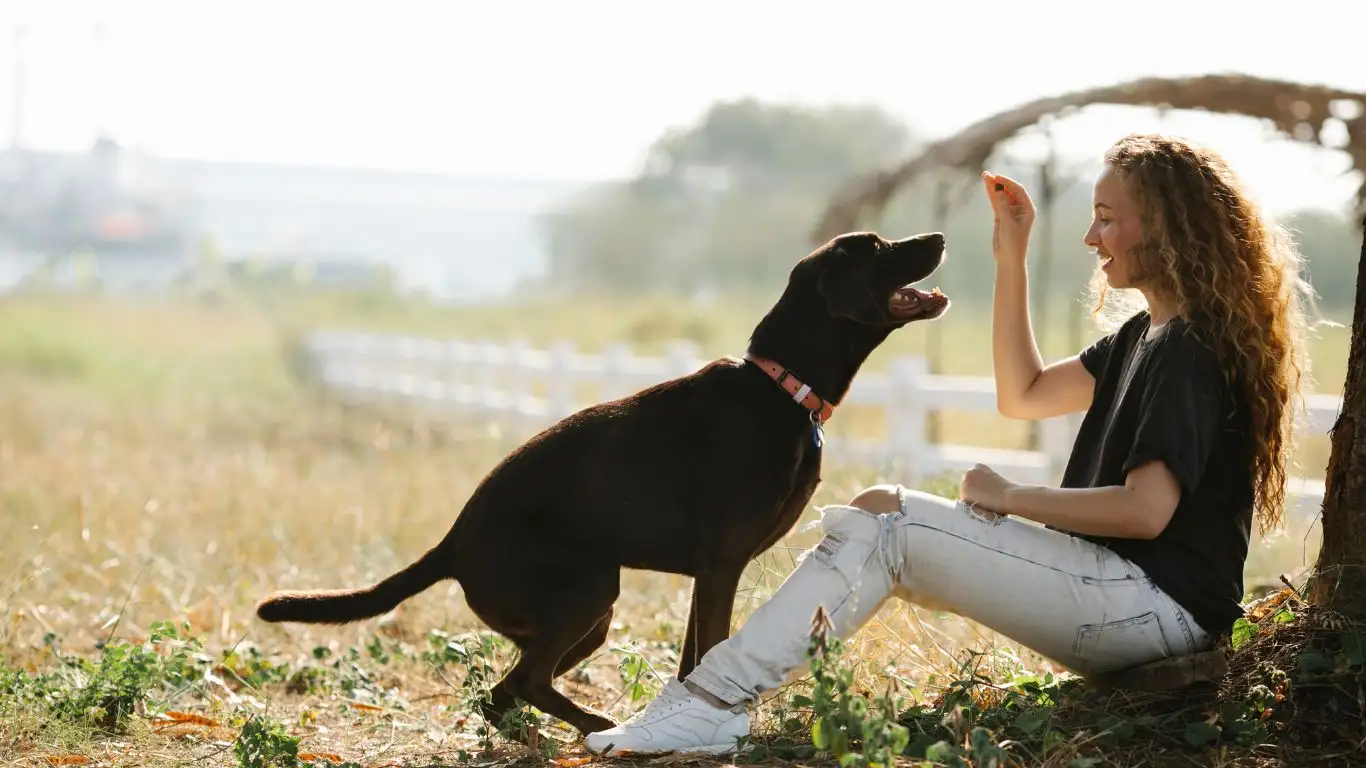
Now let’s talk about supervised interactions and dog-safe zones. Just like toddlers need nap time, dogs need a place to decompress. One of the best things you can do to prevent accidental collisions is set up a dog-only safe space. This could be a crate, a dog bed tucked in the corner, or even a gated area where they can relax without tiny fingers poking their nose.
Use Barriers When Needed—It’s Not “Mean”
Sometimes, I get pushback on this from clients who think using gates or crates is somehow cruel. It’s not. Dogs actually feel safer when they know they have their own space. I’ve seen nervous dogs transform simply because they had a cozy den to retreat to when things got overwhelming.
- Use a baby gate to separate high-activity kid zones from your dog’s chill space.
- Encourage your dog to go there with praise and soft chews or puzzle toys.
- Never let kids invade that space—it’s sacred ground!
Energy Matching and Routine Walks
A tired dog is a polite dog—always has been, always will be. When I notice dogs getting jumpy around kids, the first question I ask is, “How much exercise is your dog getting?” Most of the time, the answer is “not enough.” Dogs need a daily outlet for their physical and mental energy. If they don’t get it, that pent-up excitement often explodes the moment something stimulating (like a toddler) enters the room.
Morning Walks Make a Huge Difference
Take it from someone who’s trained dozens of therapy dogs: walking your dog *before* the kids wake up or get active can be a total game-changer. It sets the tone for the day and reduces the chances of those frenzied bursts of energy later on.
- Start with a brisk 20-30 minute walk in the morning.
- Add short training breaks into the walk—sits at corners, waits before crossing, etc.
- Use a backpack with small weights for big dogs (if vet-approved) to really burn energy.
Mental Stimulation Matters Too
Don’t forget that mental exercise can be just as tiring as physical. Puzzle feeders, scent games, and short obedience sessions work wonders. I like hiding treats under cups in the living room and letting my dog “search” while I supervise the toddler. It keeps both of them occupied and happy.
Alright, that’s the next layer of training for keeping your dog from knocking over little ones. Trust me, it gets easier—and honestly kind of fun—once you find your groove. The payoff is a calmer home, safer kids, and a pup who knows their role. And hey, if I can help a rescue dog with zero manners become a certified therapy companion for kids in wheelchairs, you’ve got this too.
Long-Term Habits That Stick
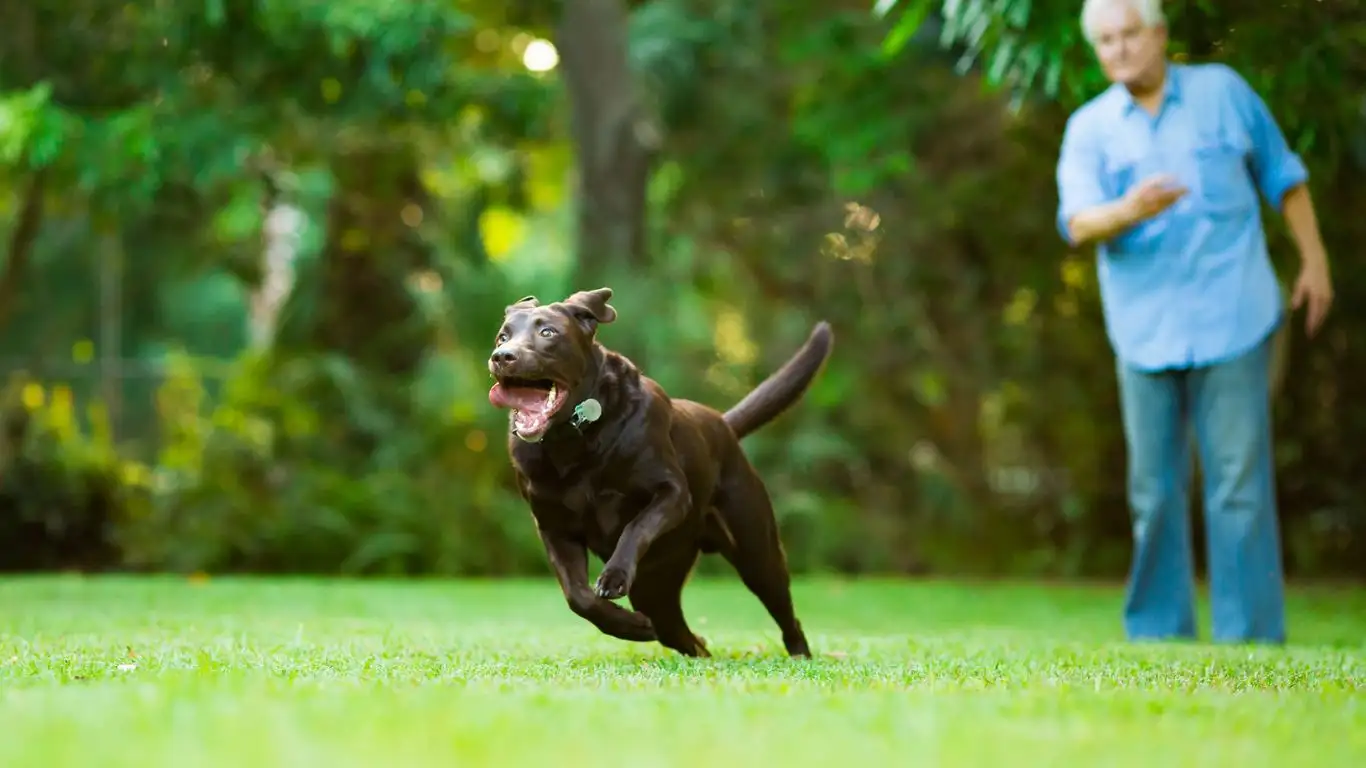
By this point, you’ve laid the groundwork: boundaries are clear, calm behavior is rewarded, and your dog understands how to interact around the littlest family members. But the real magic? It’s in making those behaviors stick long-term. Because let’s be honest—dogs, just like humans, need reminders now and then.
Refresh Training Weekly
I treat training like brushing your teeth—something small you do regularly that makes a big difference over time. Every week, I set aside just 10–15 minutes to run through commands like “Place,” “Leave it,” “Gentle,” and “Wait.” Not in a rigid way, but as part of play or during daily routines.
- Waiting calmly while the toddler puts on shoes? Reinforce it.
- Sitting before being leashed near a crawling baby? Praise + treat.
- Ignoring a noisy toy being flung across the room? Celebrate that chill vibe!
These small “micro sessions” prevent backsliding and help your dog stay sharp. I always tell clients: don’t wait for bad habits to return—keep those good habits alive instead.
Real-Life Situations You Can Train For
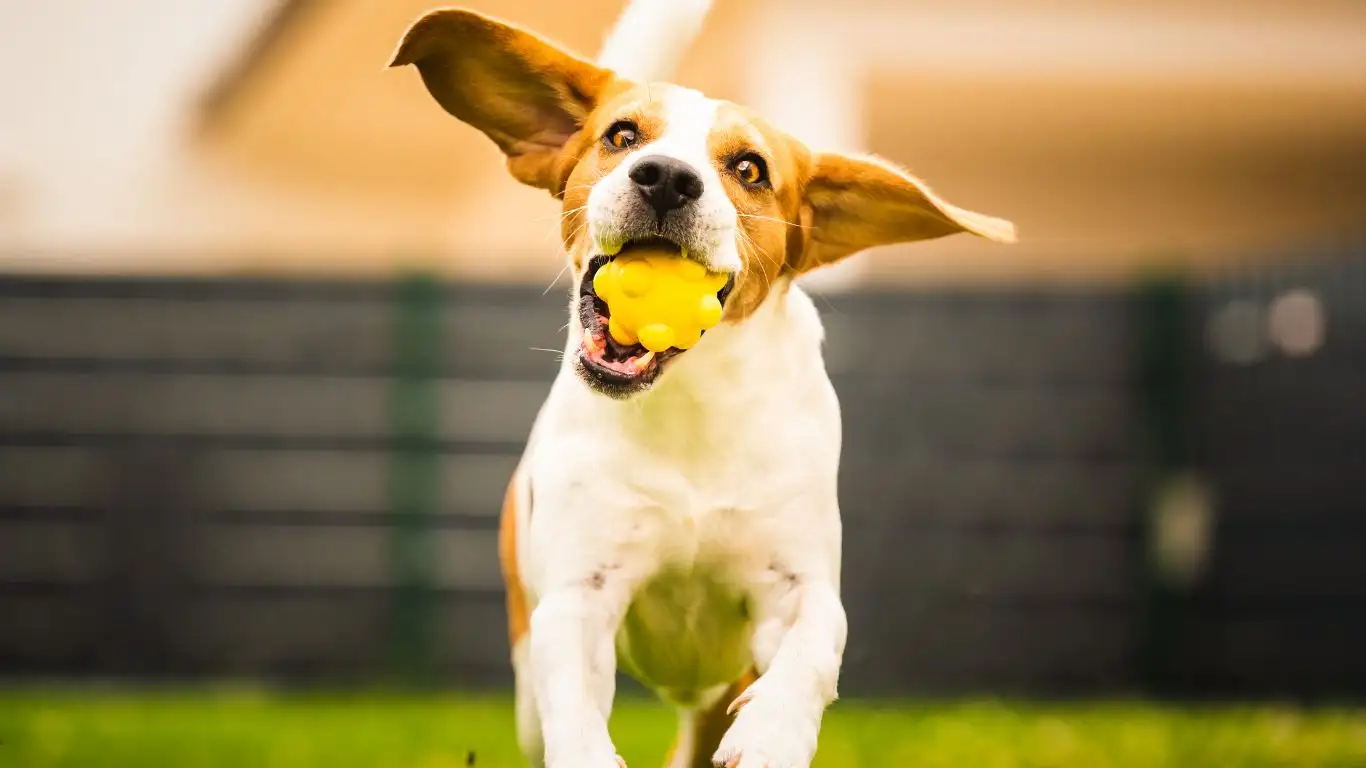
One of the most effective ways to teach your dog how to avoid knocking over small children is to simulate real-life scenarios they’ll actually encounter. I’m talking strollers, birthday parties, noisy playdates—life stuff. That’s how we train therapy dogs to be rock-solid around all kinds of unpredictable situations.
Training for Stroller Walks
Walking a dog while pushing a stroller can feel like juggling flaming swords. Start with short walks where someone else pushes the stroller and you focus on the dog. Reward calm walking and “heel” positioning. Gradually take over both roles. I’ve even added sound machines that mimic baby cries just to train dogs not to react—it works!
Playdate Prep
Before hosting little visitors, do a refresher session with your dog. Practice “Place” while playing YouTube clips of kids yelling or laughing. Let your dog settle before kids arrive. Once they’re in the home, keep initial interactions short and sweet. Don’t push it.
And yes, you should absolutely advocate for your dog. If they need space, give it. If they’re stressed, remove them. A calm dog is a safe dog—but a stressed dog? That’s a no-go zone.
Let Your Dog Learn From Calm Kids
This one may sound a little surprising, but I’ve found that dogs learn from the behavior of the kids too. I once had a rescue Aussie who was super nervous around toddlers—until we worked with a very calm five-year-old who helped by sitting still and offering treats from a spoon. That experience completely shifted the dog’s mindset.
Encourage Gentle Child Behavior Too
This isn’t all on the dog. Let’s be real—kids can be rough. I always coach parents on helping their kids understand boundaries. Simple rules like:
- No climbing on the dog
- No surprise hugs from behind
- No touching the dog while they eat or sleep
Mutual respect is key. And when dogs feel respected, they tend to be far more gentle and responsive. It’s a two-way street.
When to Seek Professional Help
If you’re working on this and not seeing results—or worse, your dog seems anxious or reactive—it’s time to call in backup. There’s no shame in it. I’ve worked with families where just two private sessions made a world of difference. A professional can spot small things you might miss, and help you tailor the training to your unique setup.
Red Flags That Need Attention
Watch for warning signs like:
- Growling or lip curling when approached by a child
- Over-the-top hyperactivity around kids that’s hard to manage
- Freezing, stiff posture, or avoidance behaviors
These aren’t things you can just “train away” with treats and praise. They require professional evaluation—and fast. Check out trustworthy sources like AKC or PetMD to learn more about canine body language and behavior.
My Final Thoughts as a Trainer and Parent
I’ve trained hundreds of dogs, and raised kids of my own, and I’ll be honest—some days are messy. You might feel like your dog will never “get it.” But with patience, structure, and a little humor, you absolutely can teach your dog how to avoid knocking over small children. I’ve seen the transformation happen, even with rowdy rescue dogs that came in like wrecking balls.
This journey isn’t just about obedience—it’s about building trust, safety, and harmony in your home. It’s about giving your dog a role they can succeed in and giving your child a best friend they can grow up with. There’s really nothing better than watching that bond form—when the dog lays calmly at your toddler’s feet during story time or gently brings a toy without jumping. That’s the payoff. And it’s so worth the work.
Keep showing up, keep reinforcing the good, and don’t hesitate to reach out for help if things get tricky. You’ve got this. And more importantly, your dog does too—with the right guidance.
References
Disclaimer
This article is based on personal experience as a certified Canine-Assisted Therapy Trainer and is intended for educational purposes only. Always consult with a licensed veterinarian or certified behaviorist before making major changes to your dog’s training or handling methods—especially in homes with children.
